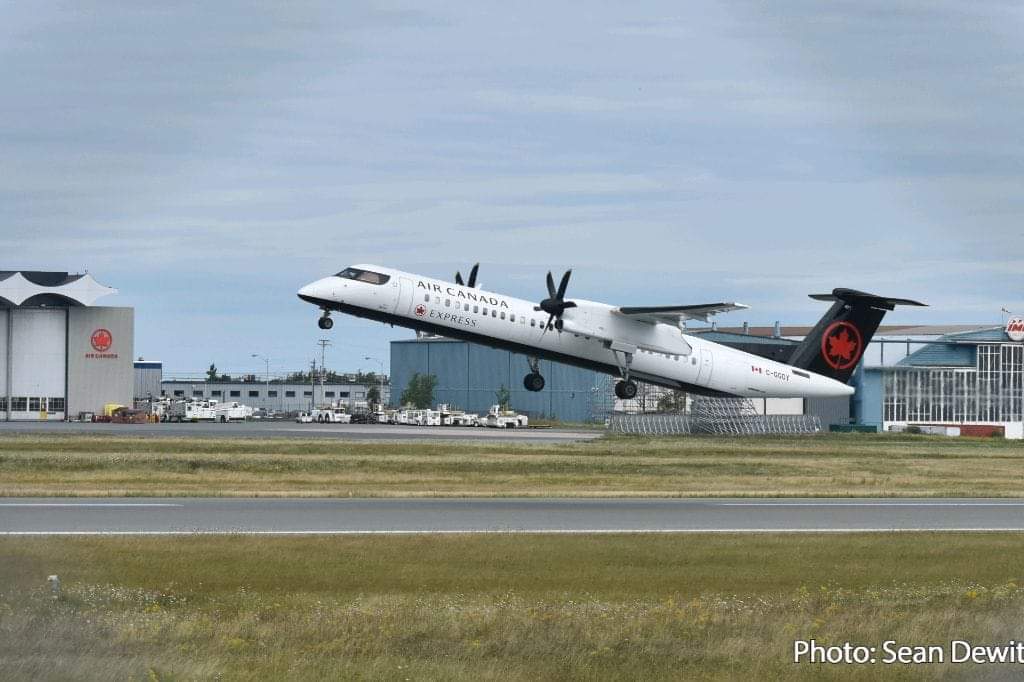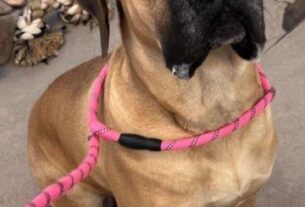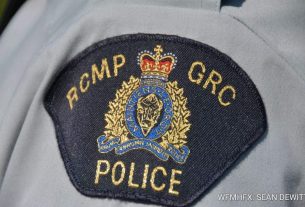**** CATSA Release
Carry-on or Checked?
Carry-on baggage is screened by passing your baggage through the X-ray equipment at the screening checkpoint. If your item is too big to go through the X-ray, it must be checked.
Similarly, if an item is not permitted past the checkpoint, you may have the option to place it in your checked baggage.
Did you know?
What Can I Bring as Carry-On?
Transport Canada allows a maximum of two carry-on bags per person. The acceptable size for carry-on bags is set by your airline, but may include:
- small suitcases
- overnight bags
- backpacks
- briefcases
- laptop bags
- camera cases that, in addition to a camera, can also carry items such as spare lenses and film

What else can I bring as carry-on that does not count towards my maximum?
- small purses
- cases containing only cameras (still or video)
- medication or medical equipment (oxygen tank, doctor’s bag, CPAP machine)
- coats and outer garments
- crutches, canes or walkers
- diplomatic or consular bags
- strollers and child restraint systems
- duty-free items purchased after the security check
- snacks that are not liquids or gels
Your airline may have other restrictions on the number and size of carry-on items. Please contact your airline or visit their website for exact details.
See How to Pack your Carry-on for additional tips!
What Can I Bring as Checked Baggage?
Many items that are not permitted in carry-on are allowed to be placed in checked baggage. Check our What Can I Bring? page to confirm that your item can go in checked baggage. Checked baggage undergoes separate screening, and may be searched as part of the screening process. Locked bags can still be physically searched.
Missing Items
An item may have been taken out of your bag because it was not permitted in checked baggage. If there was no “Notification of Checked Baggage Inspection” card in your bag, a CATSA screening officer did not search it. In such cases, you should contact the airline for information.
If you received notification that your checked baggage was searched and an item was removed, please follow the directions on the card regarding who to call for more information.
Liquids, Non-solid Food & Personal Items
You can make your security screening experience quicker and easier by packing your liquids, non-solid food, personal and toiletry items properly. At the airport, these items are referred to as “liquids, aerosols and gels.”
Below you will find information on various items that fall into these categories, a list of items that are exempted from restrictions, and tips on how to pack all of them.
- Examples of Liquids, Non-solid food and Personal Items that are Liquids, Aerosols and Gels
- How to Pack your Liquids, Non-solid food and Personal Items
- Liquids/Non-solid Food
- Alcohol
- Personal Items
- Exceptions (e.g., baby food/drink, medicines)
Examples of Liquids, Non-solid Food and Personal Items that are Liquids, Aerosols and Gels:
| Liquids | Aerosols | Gels |
|---|---|---|
|
|
|
Please note that if an item that is illegal in Canada (e.g. pepper spray) is found at a screening checkpoint, CATSA is required to notify the police.
How to Pack your Liquids, Non-Solid Food and Personal Items
- Containers of liquids, non-solid food and personal items in your carry-on must be 100 ml/100 g (3.4 oz) or less. All containers must fit in one clear, resealable plastic bag no more than 1L in capacity. The bag must be transparent so screening officers can easily see the contents.
- Each passenger is allowed a single 1 L bag containing liquids, food and personal items. The approximate dimensions of a 1L bag are 15.24 cm by 22.86 cm (6 in. by 9 in.) or 20 cm by 17.5 cm (8 in. by 7 in.).
- At the screening point, take your plastic bag out of your carry-on and place it in a bin.
- Any containers over 100 ml/100 g (3.4 oz) can be placed in your checked baggage as long as they are not prohibited items.
- Avoid packing gifts and souvenirs containing liquids, aerosols and gels in your carry-on. These include: liquor, wine, beer, snowglobes, cans of condensed soup, maple syrup, perfume, and lotion. Put them in checked baggage or ship them separately.
Liquids/Non-solid Food
- Beverages: Drink or discard any beverages in containers of more than 100 ml before you get to security screening checkpoint. This includes water in your personal water bottle. You can refill your container once you pass through security.
- Duty-Free Alcohol: Be sure you know the rules for bringing duty-free alcohol as part of your carry-on baggage.
- Food is not exempted from restrictions on liquids:
- Non-solid food (e.g. yogurt, pudding, peanut butter, jam) in your carry-on must be in containers of 100 ml or less. All containers must fit in the same clear, closed, resealable 1 L plastic bag, along with all other containers of liquids, food or personal items you are carrying.
- Food over 100 ml that is normally a liquid or gel but has been frozen solid will not be allowed to pass through security in your carry-on. In order for a food to be considered a solid, it must be solid at room temperature.
- Solid food with less than 100 ml of liquid: Canned or jarred goods containing both solids and liquid that clearly contain less than 100 ml of liquid (e.g., can of tuna) are allowed. These items must fit in the same clear, closed, resealable 1 L plastic bag with all other containers of liquids, food or personal items you are carrying.
- Food in checked baggage: Both solid food and non-solid (over 100 ml) can go in your checked baggage; however, some restrictions may apply.
Did you know?
Alcohol
You can pack alcoholic beverages (including homemade wine and beer, and commercial products) in your checked baggage if:
- The percentage of alcohol by volume is 70% (140 proof) or less.
- The quantity does not exceed five litres per person for alcoholic beverages between 24% and 70% alcohol by volume.
Alcoholic beverages containing 24% alcohol or less are not subject to limitations on quantities.
Duty-free alcohol: See Duty-Free Purchases.
Personal Items
Personal items are allowed in carry-on baggage if they comply with the liquid restrictions. Some restrictions also apply to personal items in checked baggage.
The following items are allowed in limited quantities in your checked baggage:
- Insect repellent (limit of one aerosol canister per person)
- Aerosol items that are toiletry articles (e.g. hair spray, perfumes, cologne, aerosol deodorant)
Aerosols are subject to a maximum limit of 500 ml/500 g per container, with a total net quantity not exceeding 2 L/2 kg. Release valves on aerosols must be protected by a cap or other suitable means to prevent inadvertent release of the contents.
Exceptions
Some items are exempted from the 100 ml or 100 g (3.4 oz) limit and do not have to be placed in a plastic bag. However, you must declare these items to the screening officer for inspection. The exceptions are:
- Baby food/drink: If you are travelling with an infant younger than two years of age (0-24 months), baby food, milk, formula, water and juice are allowed.
- Breast milk: Passengers flying with or without their child can bring breast milk in quantities greater than 100 ml
- Prescription medicines are allowed.
- Essential non-prescription medicines, such as homeopathic products, pain relieving medication, cough syrup, decongestant spray, gel-based nutritional supplements, saline solution or eye care products, are allowed.
- COVID-19 test kits are permitted without restrictions in carry-on and checked baggage.
- Gel and ice packs are allowed, if they are needed to treat an injury, to refrigerate baby food, milk, breast milk, formula, water and juice for infants younger than two years of age (0-24 months), or to preserve medically necessary items or medication
- Liquids/gels for diabetes: Juice or gels are allowed if you need them for diabetic or other medical conditions.
- Distilled water for CPAP devices: The distilled water needed to operate Continuous Positive Airway Pressure (CPAP) devices is exempt from liquid restrictions.
Medication and Medical Items
Passengers with medical needs are allowed to bring prescription and essential non-prescription medications with them through the security checkpoint as well as any medically required items and mobility aids.
Prescription and essential non-prescription medications
You may bring prescription and essential non-prescription liquid, gel and aerosol medication in quantities more than 100 ml in your carry-on bag. Medications do not have to be placed in your 1 L plastic bag. See How to Pack your Medications for more detail.
Solid tablet non-prescription medication (i.e. acetaminophen, ibuprophen, vitamins) is not subject to volume restrictions. Certain powders and granular materials (e.g. mineral-based supplements that are primarily calcium, magnesium or iron) in your carry-on are limited to a total quantity of 350 ml or less.
Examples of essential non-prescription liquid, aerosol or gel medications:
- Contact lens solution
- Cough syrup
- Eye drops
- Decongestant spray
- Puffers
Bringing a day-by-day pill separator is not an issue for security; however, there may be other considerations about travelling with medication, especially when travelling outside of Canada. We recommend finding out more at http://travel.gc.ca/travelling/health-safety/medication.
Recreational cannabis: Passengers are responsible for knowing the laws and regulations in effect at their destination within Canada. For more information, visit https://www.canada.ca/cannabis. Liquid and topical forms are subject to liquids, aerosols and gels (LAGs) restrictions in carry-on baggage, and must be placed with other LAGs in a 1-litre clear closed and re-sealable plastic bag.
Cannabis for medical purposes: The amount of cannabis you carry must be in accordance with the Access to Cannabis for Medical Purposes Regulations. For more information, see Health Canada’s Guide to Understanding the Regulations. Cannabis oil is permitted in carry-on in a quantity of more than 100 ml when used for medicinal purposes, and you will need to remove it from your carry-on and present it to the screening officer at the entry to pre-board screening. However, if the amount of oil is 100 ml or less, it is to be placed in a 1-litre clear bag with other liquids, aerosols and gels.
How to Pack your Medication
- We recommend that you pack all medication in your carry-on baggage and place it in an easy-to-access area.
- We recommend that you carry liquid, gel or aerosol prescription medication in original containers with a pharmacy label identifying the medication.
- Prescription and essential non-prescription medications are exempt from liquid, aerosol and gel restrictions, but you should be ready to present them to the screening officer.
Medical Implants, Mobility Aids and Assistive Devices
Some examples of medical items and mobility aids are listed in the table below. Note that certain medical devices and passengers with implanted medical devices must be swabbed for explosive trace detection (ETD) testing. See the Special Needs page for tips by health condition, disability or medical need.
| Medical items and assistive devices | Mobility aids |
|---|---|
|
|
*with airline’s approval
Documentation to support your medical needs or condition is not required; however, if you feel that it would help ease your screening, it should be presented to the screening officer along with your medically necessary items.
.
What can I bring?
Does your item go in your carry-on or checked baggage? Search below to find out.





